Maternal anti-brain antibodies may play a role in autism
Maternal antibodies that attack fetal brain proteins could underlie some cases of autism, says immunologist Betty Diamond.
Expert opinions on trends and controversies in autism research.

Maternal antibodies that attack fetal brain proteins could underlie some cases of autism, says immunologist Betty Diamond.
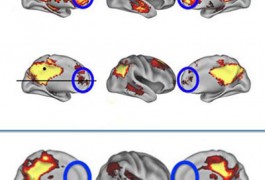
Autism and attention deficit hyperactivity disorder show genetic and neurobiological overlap, which may provide clues to the origin of both disorders, says Joel Nigg.

Clinicians and autism researchers should learn the early signs of autism and take into account an individual’s developmental trajectory, says Tony Charman.
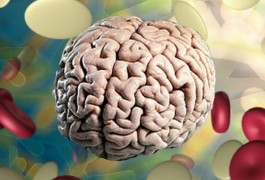
Blood from individuals with autism could help researchers identify biomarkers to diagnose the disorder and learn more about related symptoms, such as gastrointestinal complaints, says molecular biologist Valerie Hu.

Studying the cellular and molecular mechanisms that underlie autism is crucial to advancing our understanding of the disorder, says neuroscientist Eric Kandel.
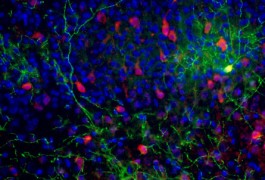
The etiology of autism may be best understood as an impairment of neuronal circuits, specifically interneurons that dampen signals in the brain, says neuroscientist Gordon Fishell.
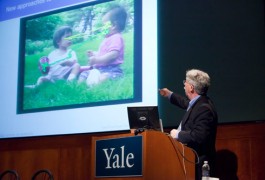
Over the past 30 years, autism research pioneer Fred Volkmar says he has learned that researchers should be humble when assigning meaning to autism behavior, and seek to translate their findings into useful applications.

There should be more research on sensory sensitivity in autism, which severely affects quality of life, says bestselling author and animal scientist Temple Grandin.
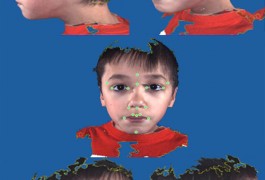
Individuals who have autism and dysmorphology comprise a distinct subgroup within the disorder, says geneticist Judith Miles.
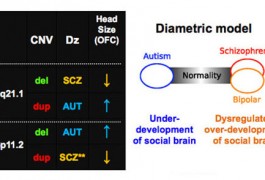
Charcot-Marie-Tooth disease and autism are both associated with alterations in the number of copies of certain genetic regions, mutations in multiple candidate genes and with both inherited and spontaneous mutations, notes human geneticist James Lupski.






